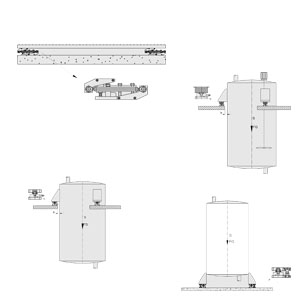Den integrerede platform til din information, køb og bestilling af workflow - samler Industry Mall og online support.
- English
- Afganistán English
- Alemania Deutsch English
- Angola Português English
- Arabia Saudí English
- Argelia English Français
- Argentina Español English
- Australia English
- Austria Deutsch English
- Azerbayán English
- Bahrein English
- Bangladesh English
- Bélgica English Deutsch Français Nederlands
- Bolivia Español English
- Brasil Português English
- Bulgaria English Deutsch
- Canada English Français
- Chequia Česky Deutsch English
- Chile English Español
- China 中文 English
- Chipre English
- Colombia Español English
- Corea del Sur English 한국어
- Costa Rica Español English
- Croacia English
- Dinamarca Dansk English
- Ecuador Español English
- Egipto English
- El Salvador Español English
- Emiratos Árabes Unidos English
- Eslovaquia Slovenčina Deutsch English
- Eslovenia English Slovenščina
- España Español English
- Estados Unidos de América English
- Estonia English
- Filipinas English
- Finlandia English
- Francia Français English
- Georgia English
- Grecia Ελληνικά English
- Guatemala Español English
- Honduras Español English
- Hong Kong English 中文
- Hungría Magyar Deutsch English
- India English
- Indonesia English
- Irlanda English
- Islas Mauricio English
- Israel English
- Italia Italiano English
- Japón Japanese English
- Kazajstán Русский язык English
- Kenia English
- Kuwait English
- Lesotho English
- Letonia English
- Libia English
- Lituania English
- Luxemburgo Français Deutsch English
- Macedonia del Norte English
- Malasia English
- Malawi English
- Marruecos Français English
- México Español English
- Montenegro English
- Mozambique English
- Nicaragua Español English
- Nigeria English
- Noruega Norsk English
- Nueva Zelanda English
- Oman English
- Paises bajos Nederlands English
- Pakistán English
- Panamá Español English
- Paraguay Español English
- Perú Español English
- Polonia Polski Deutsch English
- Portugal Português English
- Qatar English
- Reino Unido English
- República Dominicana Español English
- Rumanía English
- Singapur English
- Suazilandia English
- Sudáfrica English Français
- Suecia English Svenska
- Suiza Deutsch English Français
- Tailandia English
- Taiwan English
- Tanzania English
- Túnez Français English
- Turquía Türkçe English
- Ucrania English Українська
- Uruguay Español English
- Uzbekistan Русский язык Deutsch English
- Venezuela Español English
- Vietnam English
- Yemen English
- Zambia English
En su servicio localmente en todo el mundo: para consultas ventas capacitación servicio soporte repuestos ... en todo el rango de automatización y unidades
Para contactos técnicos o comerciales en torno a nuestros productos y servicios
Encontrar experto en productosSi necesita soporte técnico para la resolución de problemas
SupportPara preguntas sobre cómo acceder y usar SiePortal
Catálogo pedidos entrega de software y su cuenta
EmailPara preguntas sobre su relación comercial con Siemens
Encuentra el contacto de eBusinessKatalog & bestilling (SiePortal)
Hjælp og tip vedrørende katalog- og bestillingsemner kan findes her: Hjælp (SiePortal)Service & support (Online Support)
Hjælp og tip vedrørende service- og supportemner kan findes her: Hjælp (online support)Opret support request
Brug vores onlineformular til specifikke løsningsforslag, eller send dit tekniske spørgsmål direkte til en produktspecialist i den tekniske support. Opret support requestStatus på din support request
Track status for din support request online. En oversigt over din support request kan findes her: Status på dine support request Status på din support request
Produktkatalog
Minimer
|
|
